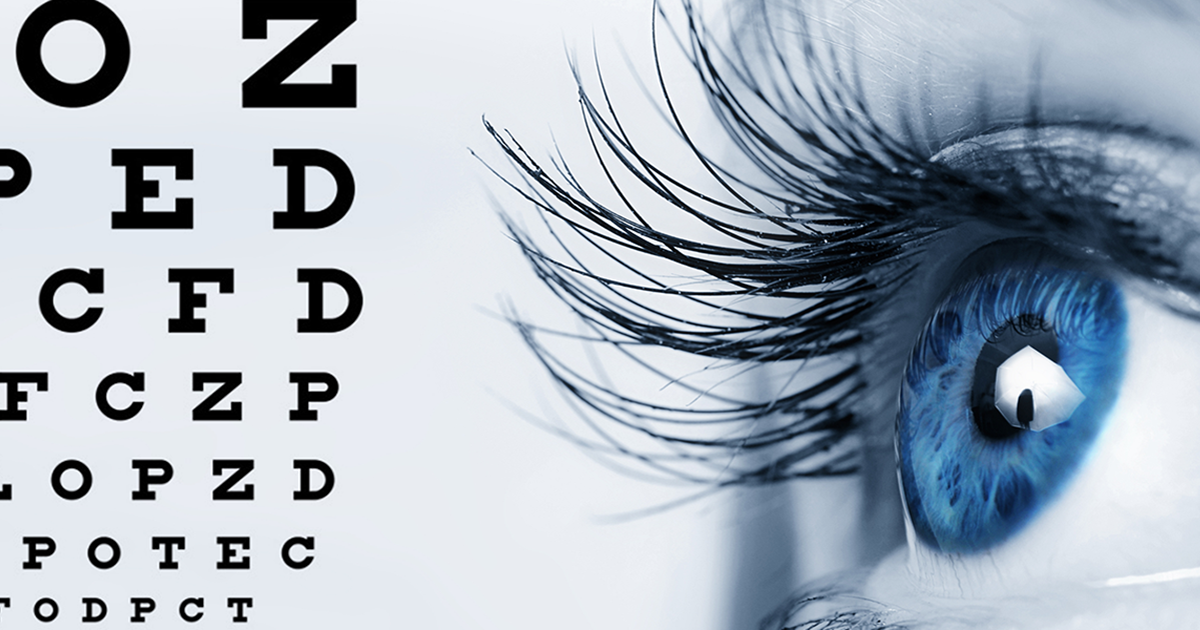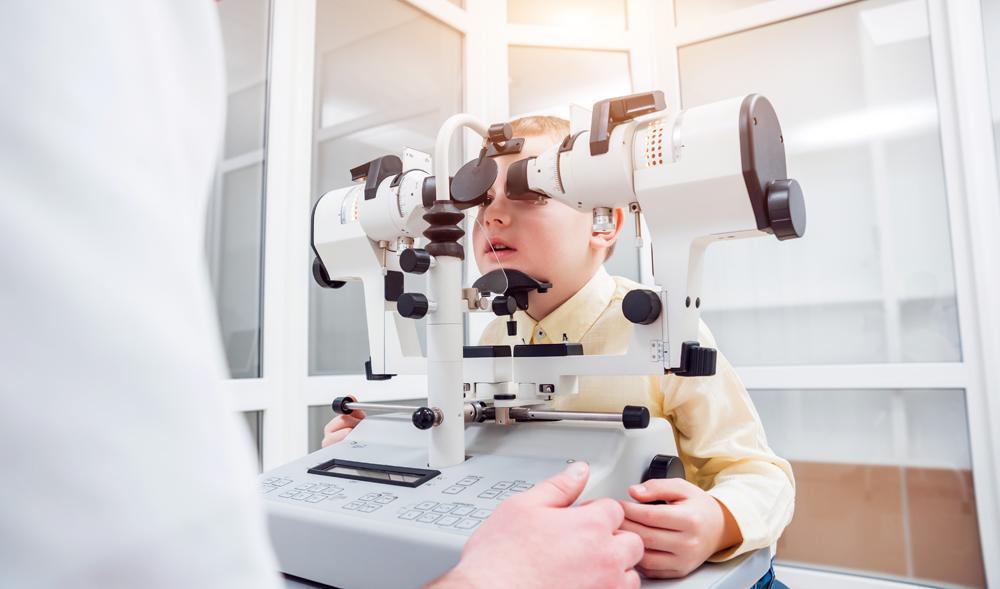Regional Glaucoma Service Near Me: Trusted Specialists for Eye Health
Regional Glaucoma Service Near Me: Trusted Specialists for Eye Health
Blog Article
The Function of Advanced Diagnostic Devices in Identifying Eye Disorders
In the world of ophthalmology, the usage of innovative diagnostic devices has revolutionized the very early identification and management of numerous eye disorders. From detecting refined changes in the optic nerve to monitoring the development of retinal diseases, these innovations play a pivotal function in enhancing the accuracy and efficiency of identifying eye conditions. As the demand for specific and timely medical diagnoses remains to grow, the assimilation of innovative devices like optical comprehensibility tomography and visual area testing has actually come to be important in the world of eye care. The complex interaction between innovation and ophthalmic methods not just sheds light on intricate pathologies however additionally opens doors to tailored treatment approaches.
Value of Very Early Medical Diagnosis
Very early medical diagnosis plays a crucial role in the effective management and treatment of eye disorders. Timely identification of eye conditions is crucial as it permits prompt intervention, potentially preventing further progression of the condition and minimizing lasting complications. By detecting eye disorders at a beginning, medical care service providers can provide appropriate treatment strategies customized to the particular condition, ultimately leading to far better results for clients. Furthermore, early diagnosis makes it possible for individuals to gain access to required support solutions and resources quicker, improving their total high quality of life.

Technology for Identifying Glaucoma
Sophisticated diagnostic modern technologies play an important duty in the early discovery and tracking of glaucoma, a leading root cause of permanent blindness worldwide. One such innovation is optical comprehensibility tomography (OCT), which gives comprehensive cross-sectional photos of the retina, permitting for the measurement of retinal nerve fiber layer density. This measurement is necessary in assessing damage brought on by glaucoma. One more innovative tool is aesthetic area testing, which maps the sensitivity of a patient's aesthetic field, helping to find any areas of vision loss attribute of glaucoma. In addition, tonometry is used to determine intraocular stress, a significant risk variable for glaucoma. This test is crucial as elevated intraocular pressure can cause optic nerve damages. Moreover, newer innovations like the usage of expert system formulas in analyzing imaging data are revealing encouraging cause the early detection of glaucoma. These innovative analysis devices make it possible for eye doctors to detect glaucoma in its very early phases, enabling prompt intervention and much better monitoring of the condition to avoid vision loss.
Duty of Optical Comprehensibility Tomography

OCT's capacity to evaluate retinal nerve fiber layer density permits exact and objective dimensions, aiding in the early detection of glaucoma also before aesthetic area defects emerge. OCT modern technology allows longitudinal monitoring of architectural changes over time, assisting in personalized treatment strategies and timely treatments to help protect people' vision. The non-invasive nature of OCT imaging likewise makes it a recommended choice for keeping an eye on glaucoma progression, as it can be repeated routinely without triggering pain to the client. Generally, OCT plays a crucial function in boosting the diagnostic accuracy and administration of glaucoma, inevitably adding to better results for people in jeopardy of vision loss.
Enhancing Diagnosis With Visual Area Screening
An essential component in extensive sensory examinations, visual field testing plays a critical function in improving the diagnostic process for various eye disorders. By assessing the full extent of a client's visual field, this examination gives critical details concerning the practical stability of the entire visual path, from the retina to the aesthetic cortex.
Visual field testing is specifically beneficial in the medical diagnosis and administration of conditions moved here such as glaucoma, optic nerve disorders, and various neurological conditions that can impact vision. With quantitative dimensions of outer and central vision, clinicians can spot subtle adjustments that may indicate the visibility or progression of these disorders, also prior to visible symptoms take place.
Moreover, visual area testing permits the surveillance of treatment efficiency, assisting ophthalmologists customize restorative interventions to private patients. eyecare near me. By tracking adjustments in visual area performance over time, doctor can make informed choices regarding readjusting medicines, advising surgical treatments, or executing various other proper measures to protect or improve an individual's visual function
Taking Care Of Macular Deterioration

Final Thought
In conclusion, progressed analysis see here now devices play an important function in determining eye disorders early on. Technologies such as Optical Comprehensibility Tomography and aesthetic field screening have greatly boosted the accuracy and performance of identifying conditions like glaucoma and macular deterioration.
Report this page